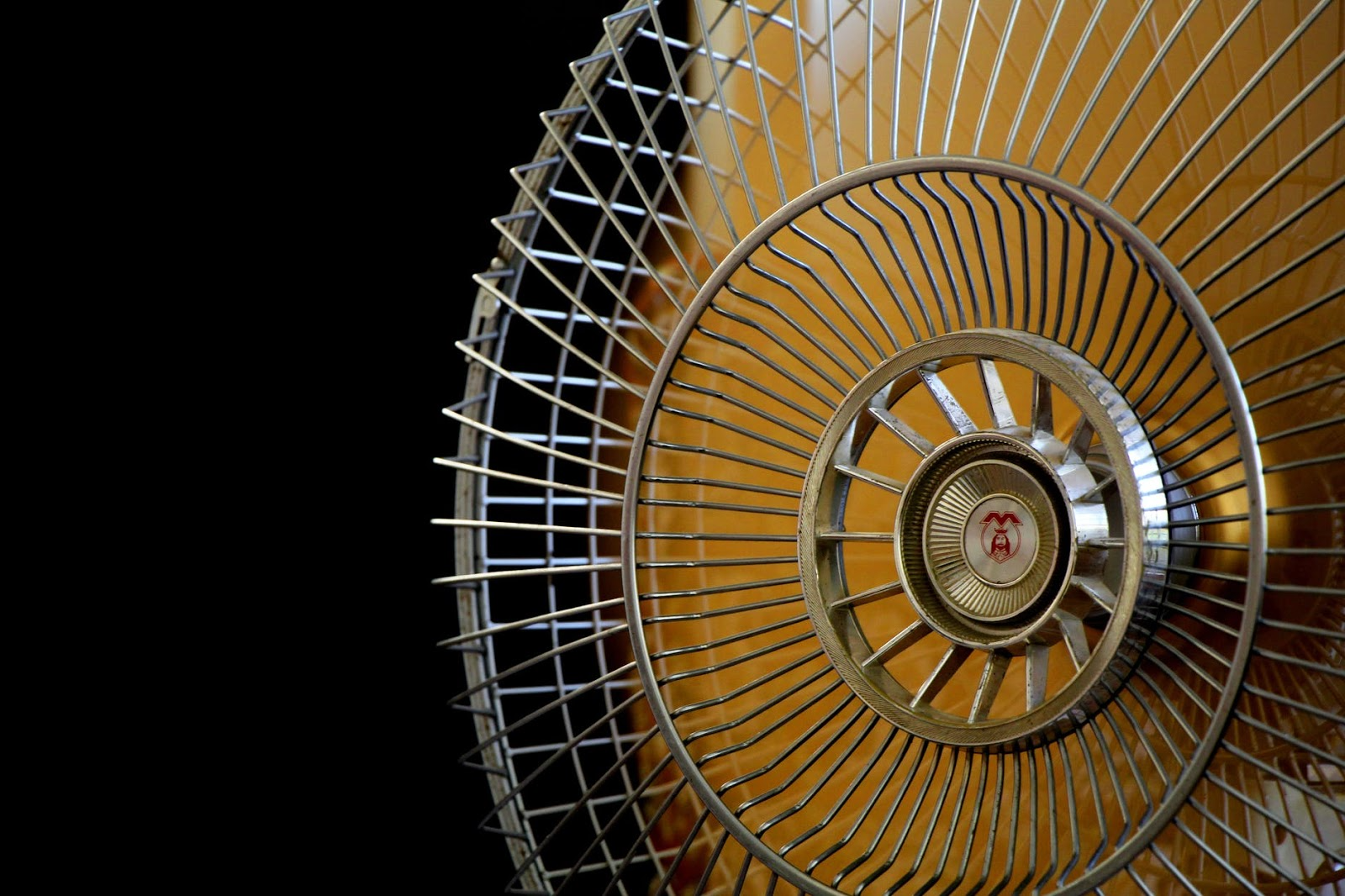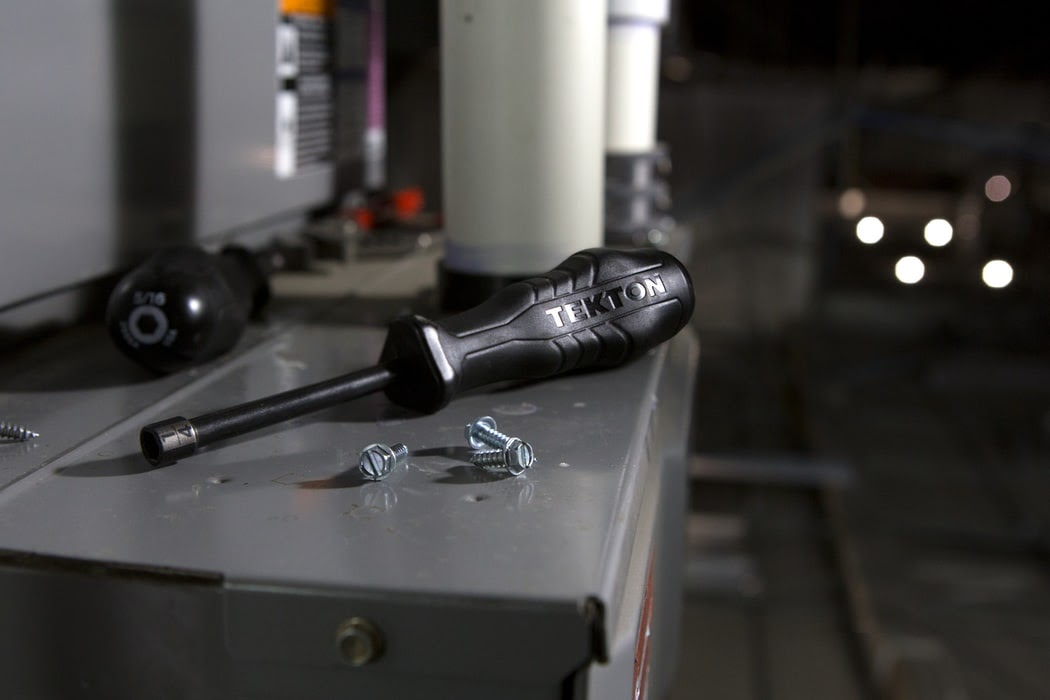6 Ways Old Buildings Can Improve HVAC Efficiency
All companies and building owners are looking at the same thing. Everyone wants to cut costs. Usually, the simplest way to cut costs is to adjust habits and optimize for efficiency. While focusing on staffing, inventory, and supplies costs can help the bottom line, it's often the small changes towards optimizing daily habits that can have the most profound impact.
When it comes to energy efficiency, nothing eats up costs quite like a poorly performing HVAC system. The HVAC system is already one of the largest consumers of energy. According to the U.S. DOE (Department of Energy), around 40% of a commercial building's energy costs are spent on cooling, heating, and ventilation. So, when that system isn't performing efficiently, it can spell tons of unnecessary expenses.
How can you improve your building's HVAC efficiency? Here are six ways to get started.
#1. Focus on Insulation
Insulation is a pivotal component of energy efficiency. Insulation is what ensures that the inside air stays inside, and the outside air stays outside. Old buildings are notorious for having poor insulation. Start by inspecting the current state of your building. You might just need to do a touch up of a few areas. However, if your entire building is underperforming, consider upgrading all the insulation to a high-quality option like polyiso insulation.
Then, once the building is insulated correctly, be sure to take the extra step of sealing all the windows and doors. You can have fantastic insulation, but if air is still able to seep through the cracks around the windows and doors, your HVAC system will always have to work harder than it should.
#2. Inspect and Change Air Filters
This advice is common but essential to having a high-performing HVAC system. When you fail to change the air filters, the system must work harder, which can lead to overheating and, eventually, the system's failure.
Follow the air filter change schedule for your model. Typically, it's a smart idea to change the filter every three weeks to six months. Aside from filer monitoring and changing, it's also essential that you have other pieces of the system cleaned and maintained regularly. These include the condenser line, compressor, ducts, and ignition switches.
#3. HVAC Zoning System
In a standard HVAC system, all the air blows through all the ducts with the same power. However, very rarely does every room in your commercial building need the same level of heat or cooling. An HVAC zoning system uses industrial dampers in the ducts to re-route airflow in a way that makes sense.
Traditionally, if you want a room not to receive air, you close the vent. The dampers and a zoning system change the flow pattern so that you can have different temperatures and different degrees of airflow in various parts of the building. Overall, it leads to a reduction in wasted energy.
#4. Green Building Design
If you're open to a bit of redesign, there's a great case to make for designing your building to capitalize on natural elements. For instance, many building owners are taking advantage of innovative landscaping techniques and natural solutions to capitalize on energy efficiency. For example, some will plant trees around the building, so the building benefits from the shade to help keep cooling costs down.
Other times, it's about adding more windows to allow for more natural light and airflow. Sometimes, it's about re-thinking building materials. For instance, rather than using asphalt shingles, which absorb heat, causing the entire building to warm, you can use synthetic shingles, which can reflect the heat instead. Green building design is all about making small changes that together can create significant savings.
#5. Smart Technology
Smart technology, like smart thermostats, can have a dramatic impact on HVAC efficiency. While they don't impact the system directly, they allow you optimum control. Smart thermostats allow you to control the temperatures from wherever you are. You can set timers for the system to turn off and on automatically. Alternatively, you can turn the system on a few hours before anyone arrives at the building.
Many smart thermostats also come with some analytics, so you're able to get a birds-eye-view of high times for energy usage, and more.
#6. Retrofit or Upgrade
Sometimes, you can make all the adjustments, and your HVAC system is still inefficient. Sometimes there isn't a workaround or quick fix. The only answer is to upgrade the system. Occasionally, if you don't want to invest in an entirely new system, you can retrofit instead. This entails replacing faulty parts with new, better alternatives.
Retrofitting allows you to upgrade your entire system in piecemeal; that way, you don't have to spend a ton of capital all at once. However, if it's within your budget, sometimes a new system is just the fix you need to increase energy efficiency dramatically. New HVAC models are more energy-efficient than their earlier prototypes. It could be advantageous to do a cost-analysis and see how much a new system could save you over time, so you can determine whether it's an expense that's worth the potential savings.
Improve Your HVAC Efficiency Today
These six solutions are surefire techniques to boost your HVAC system's efficiency and cut costs. If you aren't sure where to begin, call in a professional who can give specific recommendations catered to your unique needs and goals.
Ultimately, a few small changes today can lead to substantial savings down the road. Don't settle for an underperforming HVAC system.
Matt Lee is the owner of the Innovative Building Materials blog and a content writer for the building materials industry. He is focused on helping fellow homeowners, contractors, and architects discover materials and methods of construction that save money, improve energy efficiency, and increase property value.


